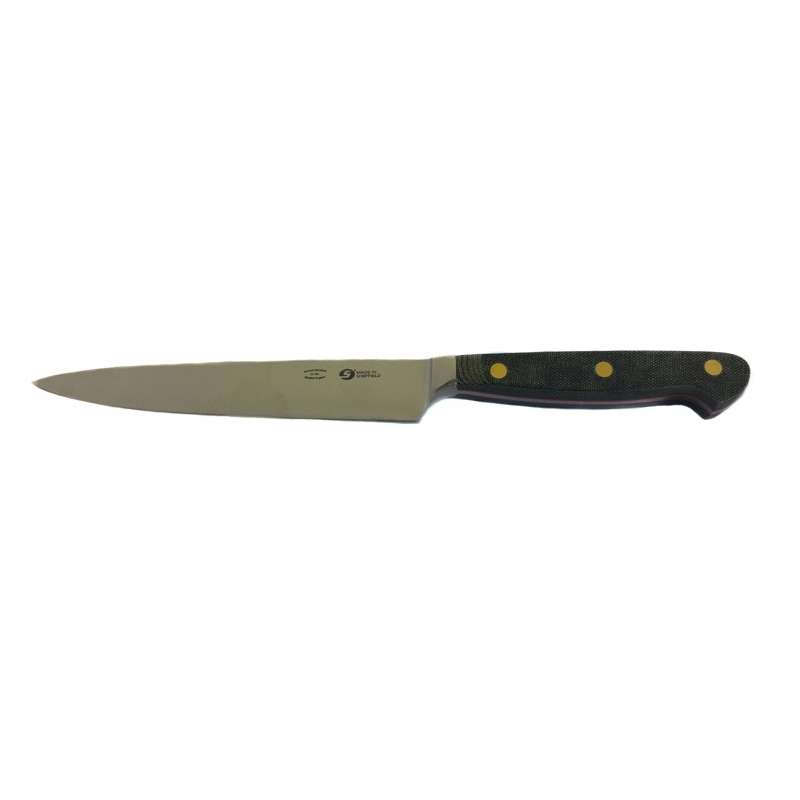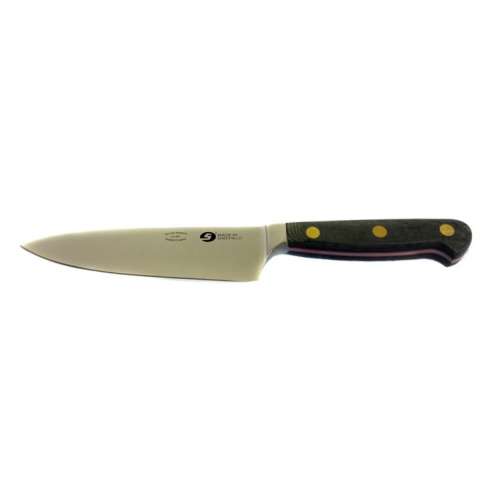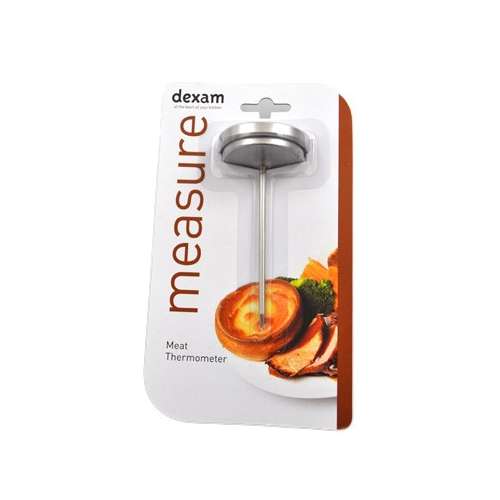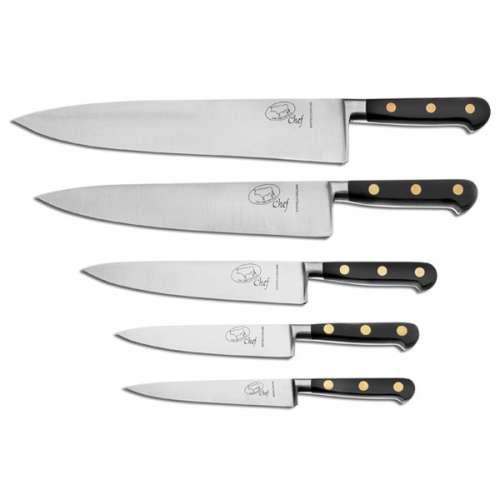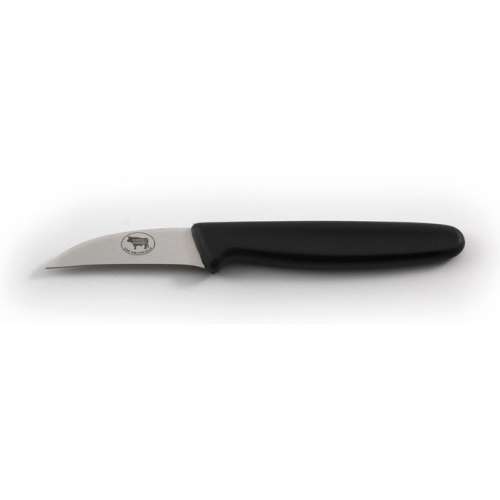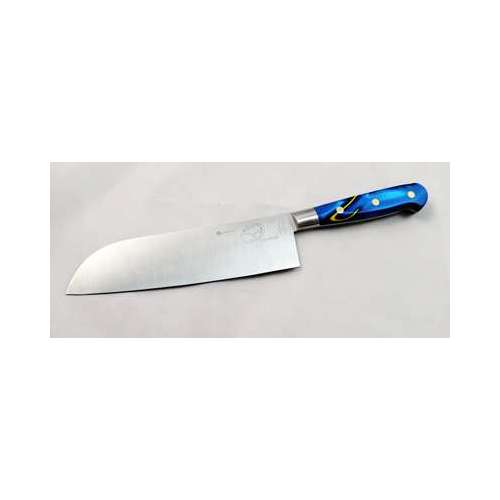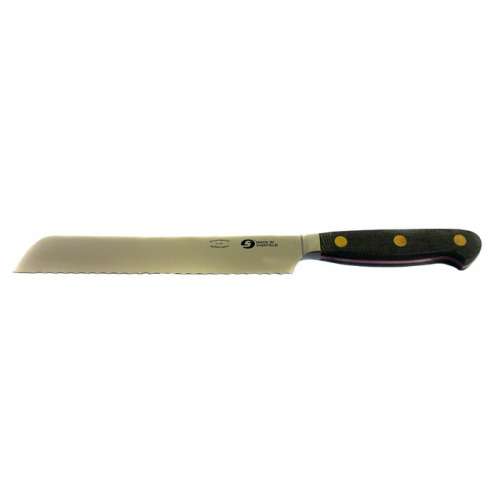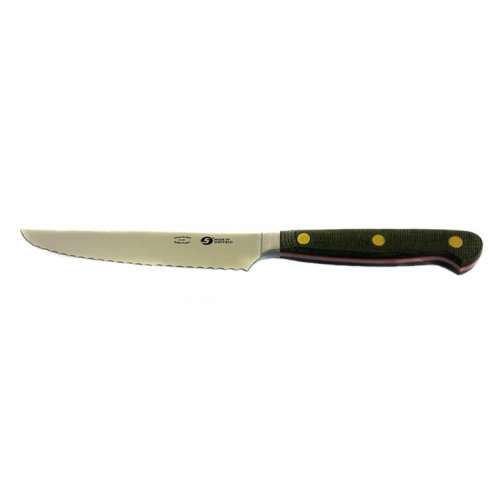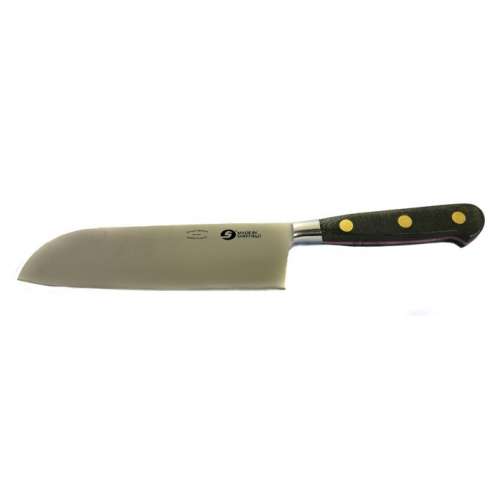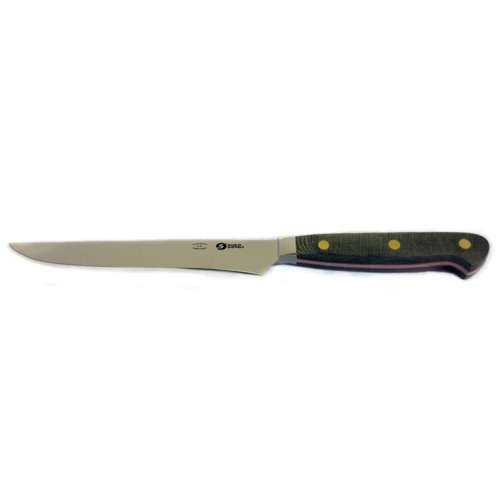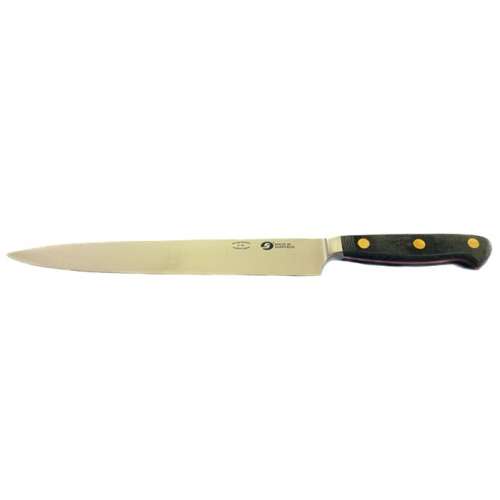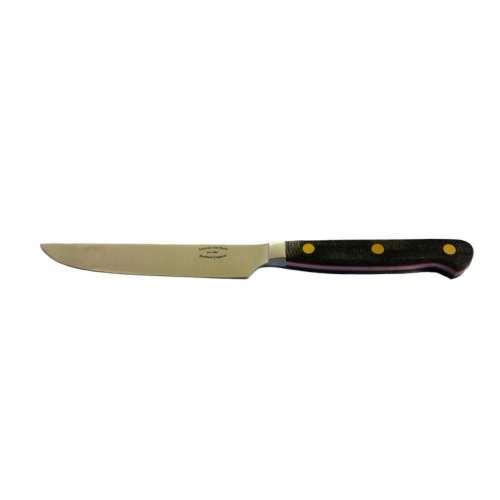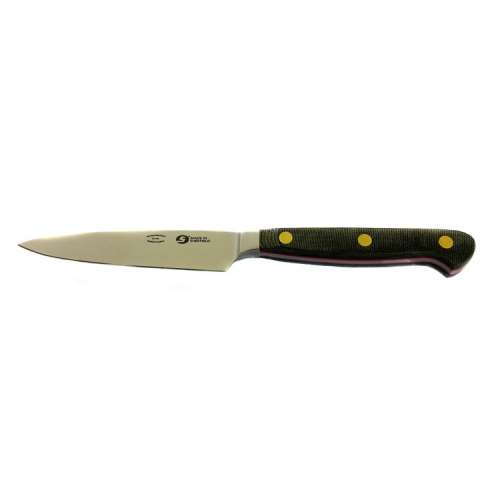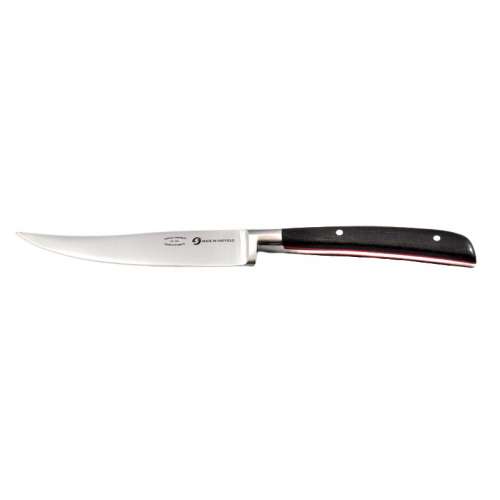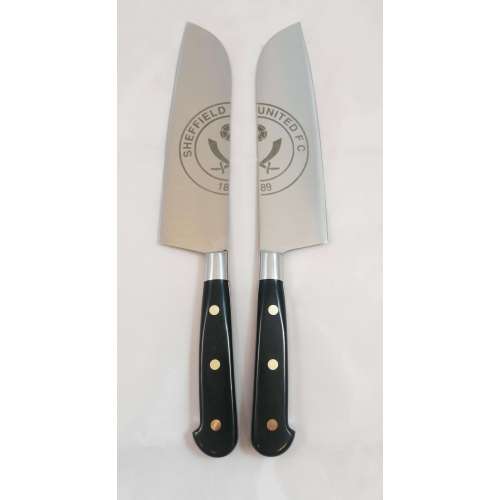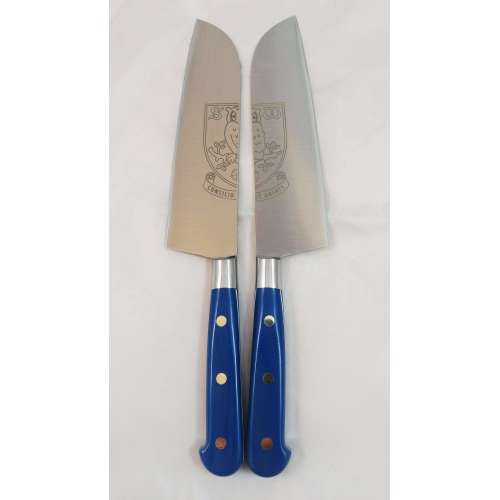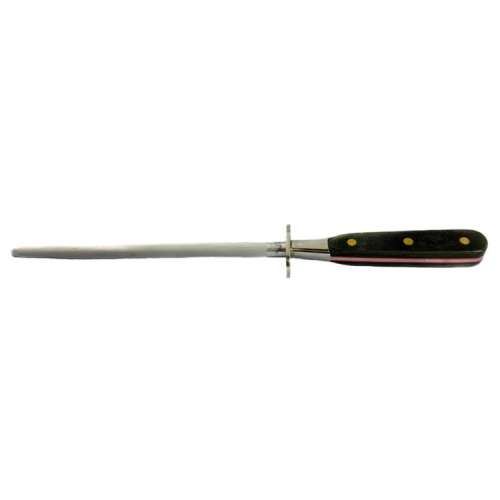No products
Product successfully added to your shopping cart
There are 0 items in your cart. There is 1 item in your cart.
Whether you’re a professional or amateur chef, filleting can be an extremely time-consuming task if the chef doesn’t have access to appropriate equipment. From meat and fish to vegetables, a Samuel Staniforth filleting knife makes quick work of whatever you’re preparing. Due to its flexibility, a fillet knife practically shapes itself to whatever you’re cutting. The long blade of this knife makes it a perfect choice for filleting or removing skin from larger fish as well as butchering cuts of meat.
When it comes to choosing your Sheffield made filleting knife, we recommend that you consider these factors:
Knife origin
Blade material
Handle material
Length
Flexibility
Like all knives, a filleting knife should feel great in hand and the handle should provide you with enough grip. This will result in a knife that you can safely use for long periods whilst you are preparing food.
Filleting Knife FAQs
What Are The Different Types of Filleting Knife?
When it comes to filleting knives, there are two main origin sources, Japanese and German. These differ in their sharpness, edge, thickness and hardness. German fillet knives tend to have a blade angle of around 18 degrees whereas Japanese knives tend to maintain a blade angle between 10 to 15 degrees. This difference makes the Japanese angles sharper while the German knives have superior durability.
Can a Filleting Knife Be Used For Other Tasks?
Whilst the filleting knife can be used for other tasks, such as cutting slices of meat for sandwiches, it is not equipped to handle demanding tasks. For example, a filleting knife is not compatible with deboning. Remember that the blade of a filleting knife is thin, flexible and can be easily damaged.
How Often Do You Need To Sharpen a Filleting Knife?
This depends on how you use the knife and how often. A general rule of thumb would be sharpening the filleting knife every 3 to 6 months. As soon as you notice that filleting fish or meat is no longer effortless and the blade is blunt, it should be sharpened.
To learn more, take a look at our collection of knife sharpening products at Samuel Staniforth.
What Is The Difference Between a Filleting and Boning Knife?
Whilst boning and filleting knives do look very similar, they are different knives. Boning knives are used to remove meat from bone, skin from meat and to remove tendons and fat. Generally, the blade is rigid and the sharpening angle is small. Alternatively, filleting knives are enhanced with a thinner and more flexible blade. The flexibility of the blade allows it to bend far so that you can easily cut close to the skin or bones.
| Edge Type | Plain Edge |
| Blade Lengths Available | 6" (15cm) |
| Handle Material | Linen Micarta |
| Dishwasher Safe | No |
Reviews
No customer reviews for the moment.
Customers who bought this product also bought:
12 other products in the same category:


